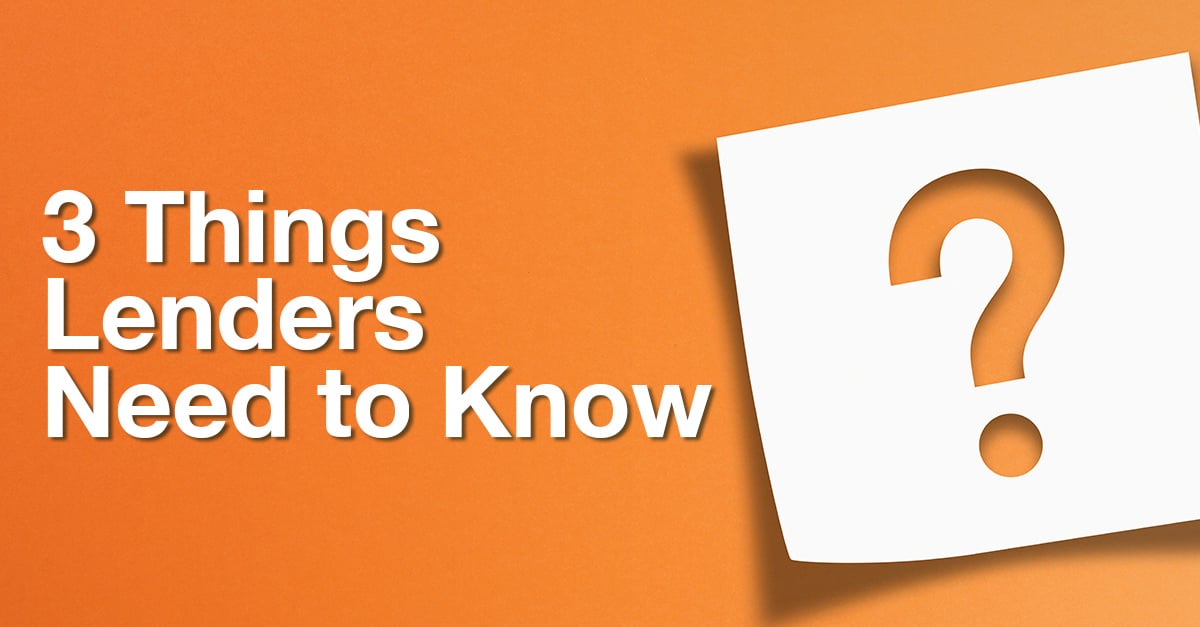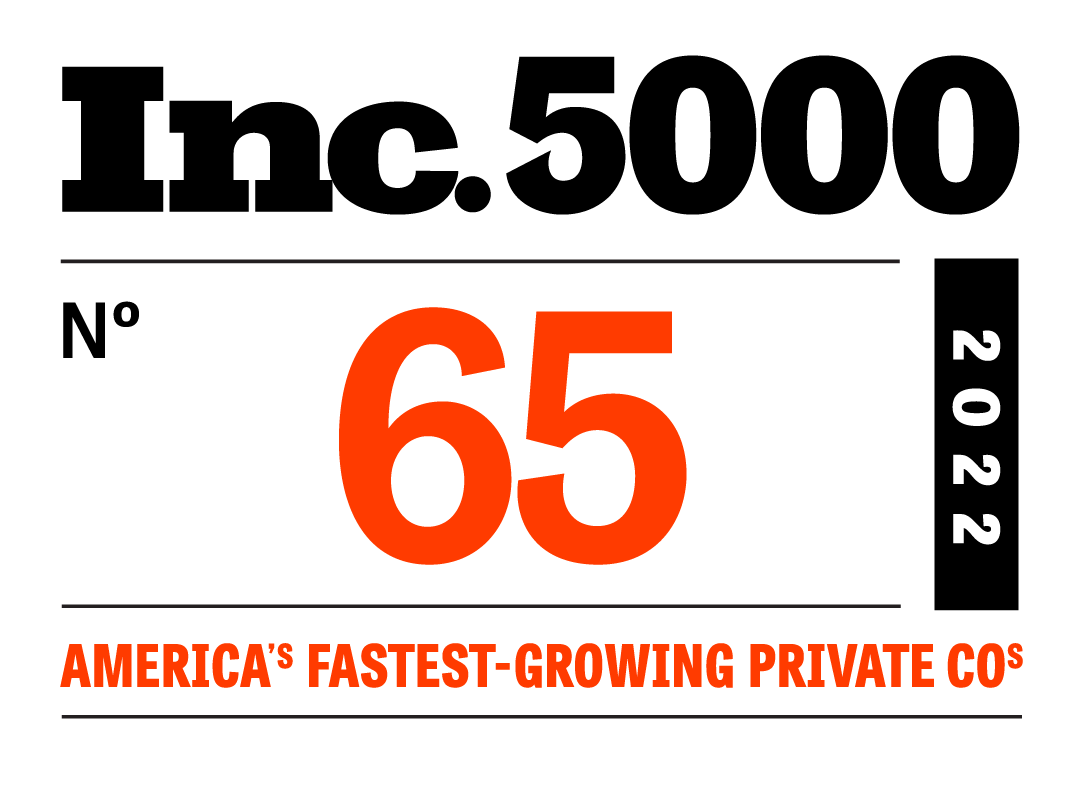
The day before his inaction would force a government shutdown, the President backed down from his fight over stimulus checks to sign the COVID-19 relief legislation Congress passed early last week.
Included in the badly-needed stimulus package is $284B for the Small Business Administration to reopen the Paycheck Protection Program.
With the legislation signed, here’s what banks and credit unions need to know as they prepare for the next round of PPP.
- Changes to Forgiveness will affect the large majority of borrowers. Separate from the 10-day clock on rules and regulations regarding the PPP as a whole is a 24-day clock specifically tied to the Forgiveness portion of the program. These changes come from Congress’s mandate that the SBA “simplify” Forgiveness for loans totaling $150,000 or less. Based on an analysis of the more than 250,000 loans on our platform, “simplified Forgiveness” could affect as many as 80 percent of all PPP borrowers. These changes, as outlined in our FAQ on the next round of PPP, include: establishing Forgiveness qualifications for Second Draw loans, changes to hold-harmless clauses, and adjustments to how EIDL loans are handled in Forgiveness requests. Overall, we expect borrowers that qualify for simplified Forgiveness to have an exceptionally easy experience. Lenders leveraging Numerated’s Platform will be able to offer their businesses Forgiveness applications that can be completed by answering just a few questions, without ever having to interact with a banker or branch. Learn more, here.
- The clock is already ticking on the SBA for the next round of PPP. As our Director of Product Marketing, Lisa, outlined in our recent FAQ on the upcoming round of PPP, now that the bill has become law, the SBA has 10 days from its signing on 12/27/20 to establish the regulations that will carry out the bill. Said a bit differently, banks and credit unions should expect some of the Interim Final Rules (IFRs) described in the bullet below to be issued in the coming week or so. These regulations include, but may not be limited to: changes to the Forgiveness process, new application forms, and the establishment of Second Draw loans for eligible businesses. While the legislation doesn’t necessarily forbid the SBA from issuing new rules and regulations after the 10-day window, banks and credit unions should expect a flurry of activity early on that could prove disruptive if they’re not properly prepared.
- Agility will again be a differentiating factor during the next round of PPP. The portion of the stimulus bill that deals with the program is 157 pages long and includes a number of—sometimes complex—changes. Our insights team has been reading and analyzing it since it was made publicly available. One thing sticks out: While Congress legislated a number of changes to the program, it once again directed the SBA to carry out the majority of the fine tuning. For those that previously participated in the program, you’ll likely remember how the SBA issued roughly 21 IFRs over the course of the first two rounds. The most successful lenders were those that could quickly digest new rules and regulations and rapidly implement them into their workflows without disrupting their customer experience. The coming round of PPP will likely include a number of IFRs as well. It’s important lenders try to prepare for the disruption this can create for processing loans. One way to stay ahead of the curve is by joining our twice-weekly insights sessions, where we always break down the latest rules and guidance from the SBA, including insights from vendor calls and more.
During the first two rounds of PPP, we worked with more than 100 financial institutions to support their PPP Originations and Forgiveness efforts. This experience gave us a front row seat for how strained a lender’s resources can become if they’re unable to adopt technology that will digitize and automate the application process.
Our platform processed more PPP loans than any other during these initial rounds. At the height of the program, we helped lenders process nearly three loans per second—or the equivalent of $250 million of PPP loans per hour.
While the manual processing of PPP loans can cost branches thousands of person hours, the Numerated Platform makes it easy to scale without straining resources by:
- Eliminating Work with End-to-End Automation. Leverage Numerated’s E-Tran API that allows for fully-digital closing and automated doc creation, that helped lenders process $250M/hour during the first two waves of PPP.
- Offering the Best Application Experience. Self-service and banker-led experiences, auto-filled applications, secure doc upload, and battle-tested DocuSign integration help your institution provide the best PPP experience available.
- Gaining Confidence with Fast Launches and Solutions. Get your institution up and ready in 48 hours and benefit from the support of the Numerated team that delivers value-added training, insights, and new features in hours, not days.
Learn how you can get started with the PPP Originations and Forgiveness platform that lenders used to process $34.5B in PPP loans, by contacting us today.







